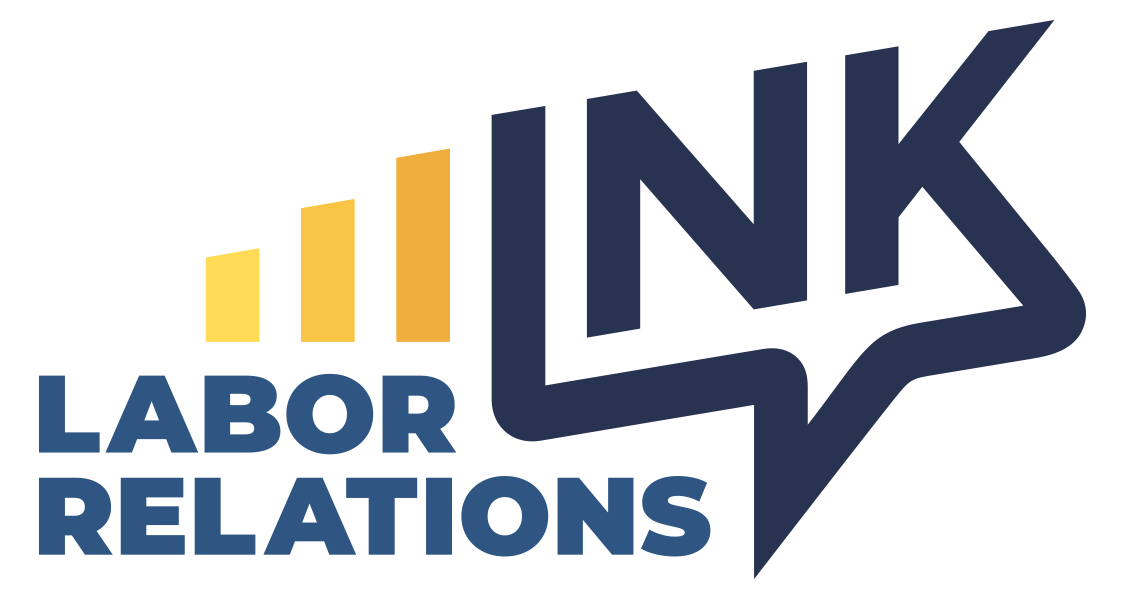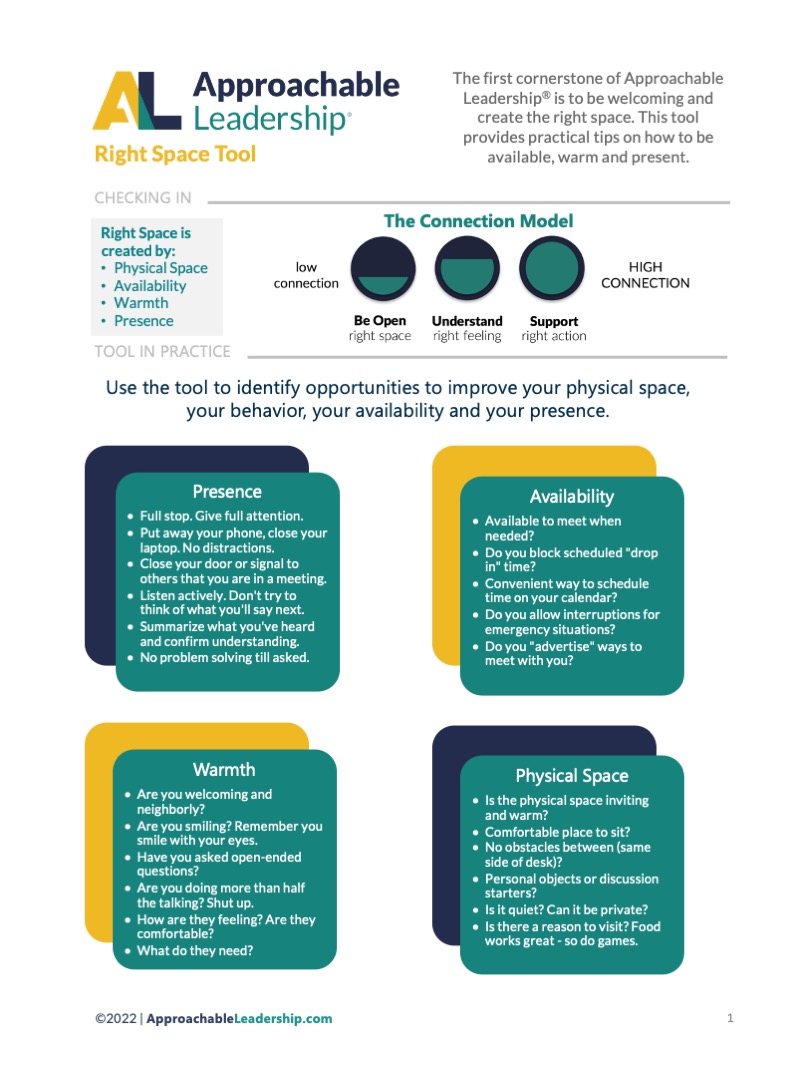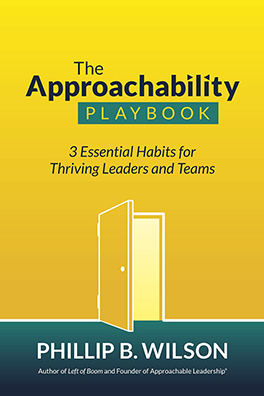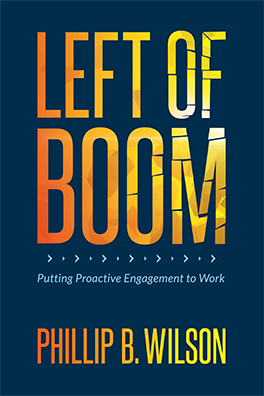Recent shifts in federal labor policy were intended as business friendly moves, but as we recently warned, Trump’s executive order aiming to eliminate collective bargaining for federal workers could drive up union activity in the private sector. The same goes for dismantling an agency that provides mediation services during collective bargaining disputes and how the NLRB has been essentially rendered non-functional through a lack of a quorum involving Gwynne Wilcox’s seesawing employment status.
These changes are motivating one deep-pocketed union in particular to modify their toolbox of strategies. That would be the Communication Workers Of America, which previously embarked upon an aggressive plan to unionize tech workers through its CODE-CWA (Coalition to Organize Digital Employees) initiative. Over the past few years, the union claims to have organized 6000+ tech workers under CODE-CWA, and last year, they claimed to count 1,750 video game workers under that umbrella.
A new union offshoot: CWA is now launching modified organizing plans amid morphing labor policies. In mid-March at the Game Developers Conference (GDC), the union announced their newest initiative, United Videogame Workers (UVW-CWA), which is being billed as “a direct-join, industry-wide video game union with the Communications Workers of America (CWA) in partnership with the American Federation of Musicians (AFM).” This direct-join union appears to be CWA’s acknowledgement that the NLRB might not be operational for a while and cannot be depended upon to suit Big Labor’s purposes, so why not ignore this obstacle?
Why it’s significant: UVW-CWA claims to have already gathered around 450 members within its first month of existence, although it must be noted that there are distinctions to be drawn with a direct-join union. This model allows workers to join throughout the gaming industry without an election and without being limited to a single employer. However, direct-join unions don’t hold the same bargaining power and exist under the expectation that management will come to agreements involving working conditions without bargaining.
Will those agreements happen? These are early days for the UVW-CWA, so it’s worth watching how Microsoft reacts if and when they are targeted, and whether the tech conglomerate will extend their labor neutrality stance to this direct-join union. Other employers will have to make that call when the UVW-CWA comes knocking for their workers, and they will want to, as always, do everything possible to build and maintain positive workplaces, so that their workers won’t feel the need to turn to third-party representation of any type, direct-join or otherwise.
The UVW-CWA’s objectives: At the GDC event, union organizers also went old-school by passing out a “zine” with the “We’re Done Playing” slogan. This zine contained the draft form of “a video game worker bill of rights to standardize working conditions, including hiring inequality, crunch, and contractor health care.” The CWA also railed against “the most anti-worker administrations of our lifetimes.”
Elsewhere in the gaming industry, traditional organizing activity continues. In March, a supermajority of Activision video game user researchers became the first of their specialty to unionize through an election. Also, 300 ZeniMax Workers United-represented quality assurance workers authorized a strike in early April. These examples are reminders that although these are nebulous times, Big Labor will continue extending its tentacles into workspaces through any means available.






